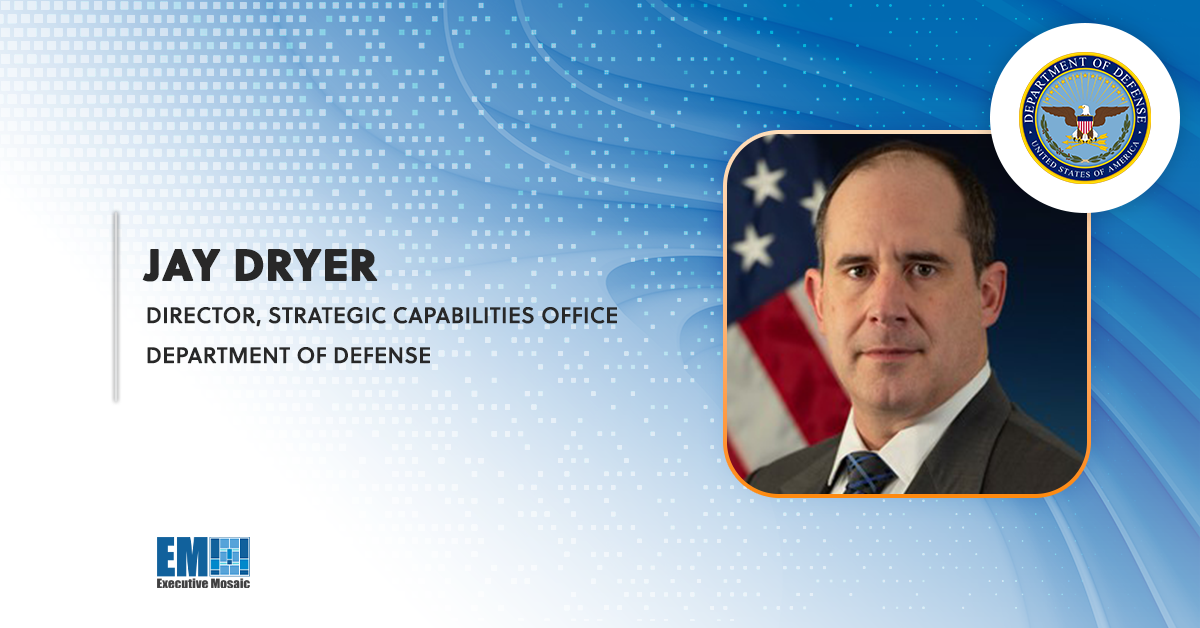The Department of Defense’s Strategic Capabilities Office established the Project Pele endeavor in 2019 with the goal of producing a transportable micronuclear reactor. This energy source would be secure, environmentally sound and able to generate one to five MegaWatts of electricity for at least three years of full-power operation. Ideally, the micro-reactor is primed for contested and remote environments — as remote as far-off islands or the Arctic.
“The DOD has a long history of driving American innovation, with nuclear power being one of many prominent examples,” commented Jay Dryer, director of SCO. “Project Pele is an exciting opportunity to advance energy resilience and reduce carbon emissions while also helping to shape safety and nonproliferation standards for advanced reactors around the world.”
Curious about the groundbreaking technologies the DOD has its eye on in the coming years? Eager to find out how your company can partner on such ventures? Save your spot at the Jan. 31st Defense R&D Summit, where Dryer will be delivering a keynote address. It will be held in Tysons Corner, Virginia and is the new year’s first essential government contracting networking event.
According to the department, the Pentagon and its components collectively use over 10 million gallons of fuel on a daily basis and 30 Terawatt-hours of electricity annually. And these numbers are on the rise because of a forecast electrification of military vehicles and other forthcoming energy demands. The microreactors, then, are desirable for not adding to the DOD’s liquid fuel needs and being carbon-free. Dryer said Project Pete will have “significant geopolitical implications for the United States.”
After much deliberation, the department selected X-energy in September to materialize an advanced engineered prototype of the microreactor. The one-year contract expects the company to produce two designs as well as develop a commercial pathway so that the microreactor can be incorporated privately, or industrially in civilian applications.
This is now considered the second phase of Project Pele; the first included still-ongoing testing with BWX Technologies under a contract awarded in 2022.
Dryer underlined that with Pele and its contracts, the DOD is attempting not just to procure a technology to benefit itself but to stimulate the alternative energy market.
“By nurturing and developing multiple microreactor designs, SCO will not just provide options for the military Services, but will also help jumpstart a truly competitive commercial marketplace for microreactors,” he said.
Hear more from Dryer and get a look inside the DOD’s Strategic Capabilities Office at the 10th Annual Defense R&D Summit, from Potomac Officers Club. This is regularly one of the organization’s most attended events, so reserve a spot now!
















